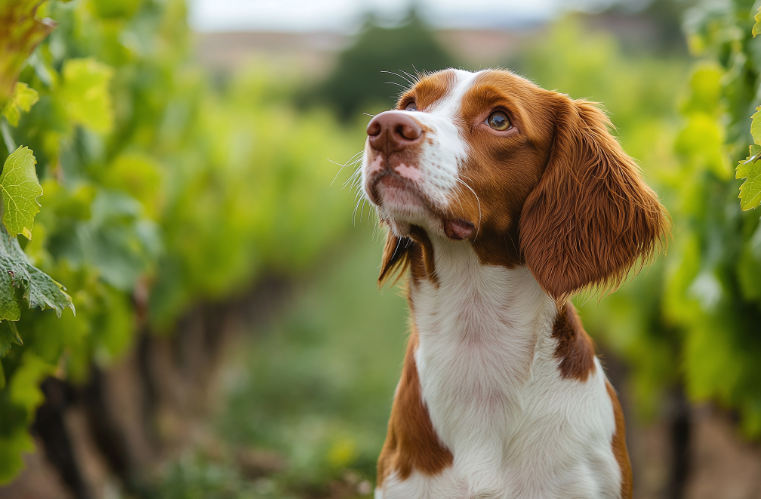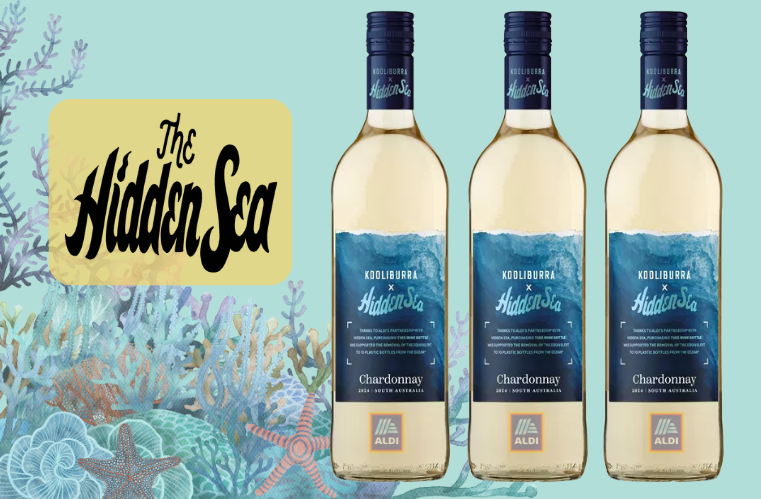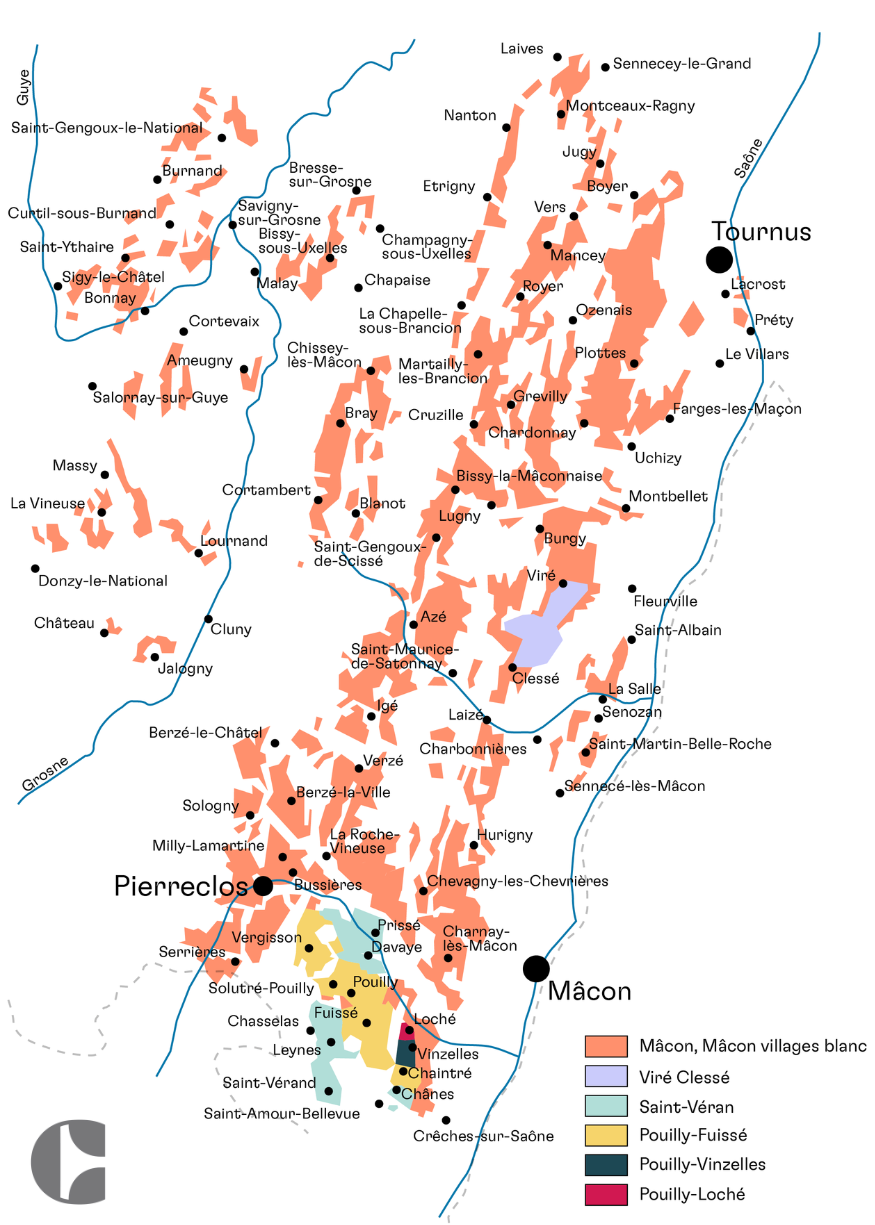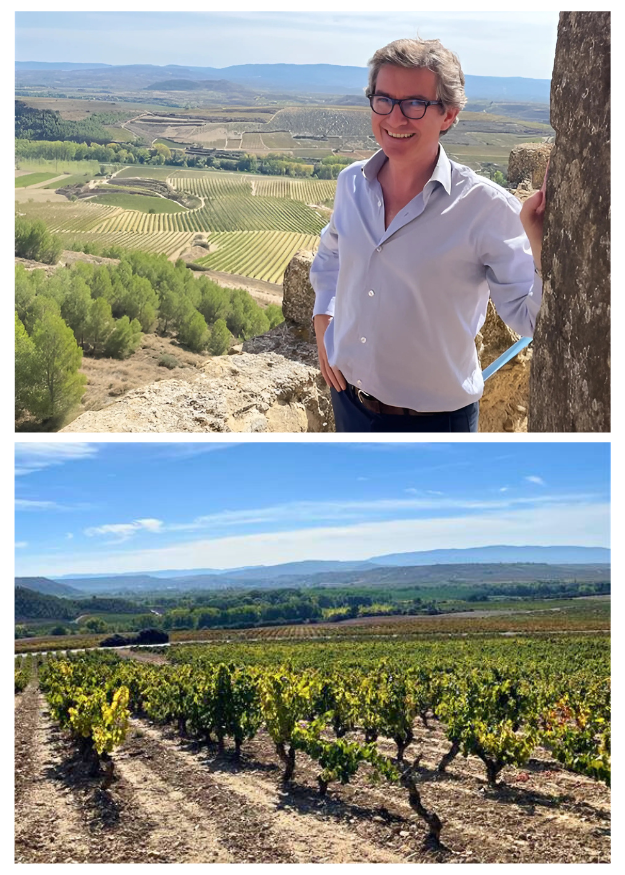The Patchwork of Burgundy’s Vineyards
Burgundy’s vineyards are a mosaic of complexity and tradition. Spanning approximately 28,000 hectares, the region is divided into 100 appellations, including 33 Grand Crus, and is further classified into four tiers:
- Regional
- Village
- Premier Cru
- Grand Cru
At the heart of Burgundy’s identity lies the concept of climats — specific plots of land with distinct characteristics. Recognised as a UNESCO World Heritage Site in 2015, these climats, the’ Climats du Vignoble de Bourgogne’ embody centuries of viticultural refinement.
The meticulous subdivision of Burgundy’s vineyards is a result of inheritance laws, particularly the Napoleonic Code, alongside other factors such as the redistribution of church properties and aristocratic estates during the French Revolution. Over generations, this has led to vineyards being fragmented into smaller plots, often shared among multiple producers.
This intricate tapestry ensures that even neighbouring vineyards can yield remarkably different wines. For example, the Grand Cru vineyards of Montrachet and Bâtard-Montrachet, separated by a narrow path, produce wines with distinctly different profiles despite their proximity.
Soil Diversity and Its Impact on Wine
Burgundy’s soils are as varied as its wines, with notable examples including the Comblanchien limestone of the Côte de Nuits, known for its ability to produce structured and complex Pinot Noir, and the Bathonian limestone in Chablis, which contributes to the region’s distinctive mineral-driven Chardonnays.
The region’s geological history, shaped by ancient seabeds and tectonic shifts, has created a diverse palette of soils, including limestone, marl, and clay. These soils are not only integral to the character of Burgundy’s wines but also to their investment appeal.
- Limestone: Found throughout Burgundy, limestone enhances drainage and reflects sunlight, promoting ripeness. It lends wines a signature minerality and structure, particularly evident in the Chardonnays of Chablis.
- Marl: A mix of clay and limestone, marl soils retain water and nutrients, making them ideal for Pinot Noir. The Grand Cru vineyards of Vosne-Romanée, such as La Tâche, thrive on these soils, producing wines of unparalleled finesse.
- Clay: Soils with higher clay content contribute richness and power to wines. This is particularly true in appellations like Pommard, known for its robust and earthy reds.
The interplay between soil types directly influences wine characteristics. For instance, when tasting two neighbouring vineyards in Vosne-Romanée, wines from the limestone-dominant upper slopes often show bright red fruit and mineral notes, while those from the clay-rich lower slopes express darker fruits and earthier characteristics. Understanding these nuances can provide valuable insights into a wine’s quality and long-term value.
Climate and Microclimates
Burgundy’s continental climate plays a pivotal role in shaping its wines. Characterised by cold winters, warm summers, and significant vintage variability, Burgundy experiences average annual temperatures of around 11°C, with summer temperatures typically ranging from 20-25°C and winters averaging 0-5°C. Rainfall varies from 700 to 900 mm annually, creating ideal conditions for slow, steady grape ripening.
Climate change has increasingly impacted the region, leading to earlier harvests and altering traditional growing patterns. This variability adds a layer of intrigue and challenge to Burgundy wine production, with each vintage offering a snapshot of the year’s weather conditions.
While soil composition forms the foundation of Burgundy’s terroir, it is the region’s distinctive climate that brings these geological characteristics to life in the vineyard. Microclimates within Burgundy further enhance its diversity. The orientation of a vineyard’s slope, altitude, and exposure to wind and sun all contribute to subtle differences in grape ripening. For example:
- South-facing slopes receive more sunlight, promoting ripeness and depth of flavour. A case in point is the Grand Cru vineyard of Clos de Vougeot, which benefits from its sunny exposure, producing wines with richness and complexity, compared to its neighbour, the more shaded Echezeaux, which often exhibits a fresher, more delicate profile.
- Higher-altitude vineyards experience cooler temperatures, preserving acidity and freshness. These characteristics are evident in wines from Saint-Aubin.
- Frost-prone lowlands can pose risks, but when conditions are favourable, they produce wines with elegance and charm.
These microclimatic factors make Burgundy a region where the skill of the vigneron is paramount, as they must adapt to the nuances of their specific site.
Modern Challenges to Terroir Expression
Over the past three decades, harvest dates in Burgundy have advanced by approximately two weeks due to rising temperatures, fundamentally altering the relationship between soil water retention and ripening cycles. Extreme weather events, such as hailstorms and frosts, further challenge winemakers, emphasising the need for adaptation strategies.
Producers are increasingly employing measures such as canopy management, adjusted irrigation practices, and clonal selection to mitigate the impacts of climate change. Despite these challenges, Burgundy’s wines continue to reflect their terroir, though their profiles may evolve in response to these modern pressures.
The Investment Value of Terroir-Driven Wines
Burgundy’s wines are among the most sought-after in the world, not only for their quality but also for their scarcity. With limited production and high demand, wines from Burgundy’s prestigious vineyards consistently perform well in the secondary market.
- Scarcity: The fragmented nature of Burgundy’s vineyards means that production is often limited. Grand Cru wines, which account for just 1.4% of Burgundy’s total production, are particularly rare.
- Longevity: The interplay of terroir and artisanry results in wines with exceptional ageing potential. Specific terroirs, such as the marl-rich soils of Vosne-Romanée, contribute to structured Pinot Noirs that develop complexity over decades, while limestone-dominated sites like Montrachet enhance Chardonnay’s longevity through balanced acidity and minerality. Additionally, vintage variation plays a crucial role, with cooler years often yielding wines that age more gracefully, adding layers of intrigue for collectors and investors alike.
- Market Trends: Certain terroir-driven factors can significantly impact investment potential. For example, wines from well-drained limestone soils often show better consistency across challenging vintages, potentially offering more stable long-term value.
For those looking to diversify their portfolio, Burgundy offers a compelling mix of artistry and investment potential. Understanding the terroir behind each wine provides an edge in identifying opportunities within this complex market.
A Celebration of Terroir
Burgundy’s terroir is a testament to the harmony between nature and human endeavour. Its diverse soils, microclimates, and traditions converge to produce wines that are as complex as they are captivating. However, contemporary challenges, such as climate change, are reshaping the way terroir is expressed. Rising temperatures and shifting weather patterns are affecting grape ripening, harvest dates, and overall wine profiles. For wine investors, these changes underscore the importance of understanding how terroir adapts to modern pressures, ensuring Burgundy’s wines remain both timeless and relevant in an evolving world.
As Burgundy En Primeur approaches, there has never been a better time to explore and invest in this remarkable region. Whether you are drawn to its iconic Grand Crus or the hidden gems of its lesser-known villages, Burgundy’s wines promise a journey through the very essence of terroir.





